Brick flooring has been used for centuries in homes, in offices, as sidewalks and streets, and for buildings. The demand for the look of brick flooring is enough that brick pattern laminate flooring was created for people who wanted the look without having the rough texture and challenge of cleaning actual brick flooring.
Why is Brick Flooring Widely Preferred?
Bricks can create almost any look in your home, from casually elegant to practical and welcoming. Brick floors are easy to care for and exceptionally durable. Since you can lay brick in any number of patterns, you can create a high-design, one of a kind look for your home. A lot of people opt for brick flooring these days due to the multiple possibilities it brings to the table.
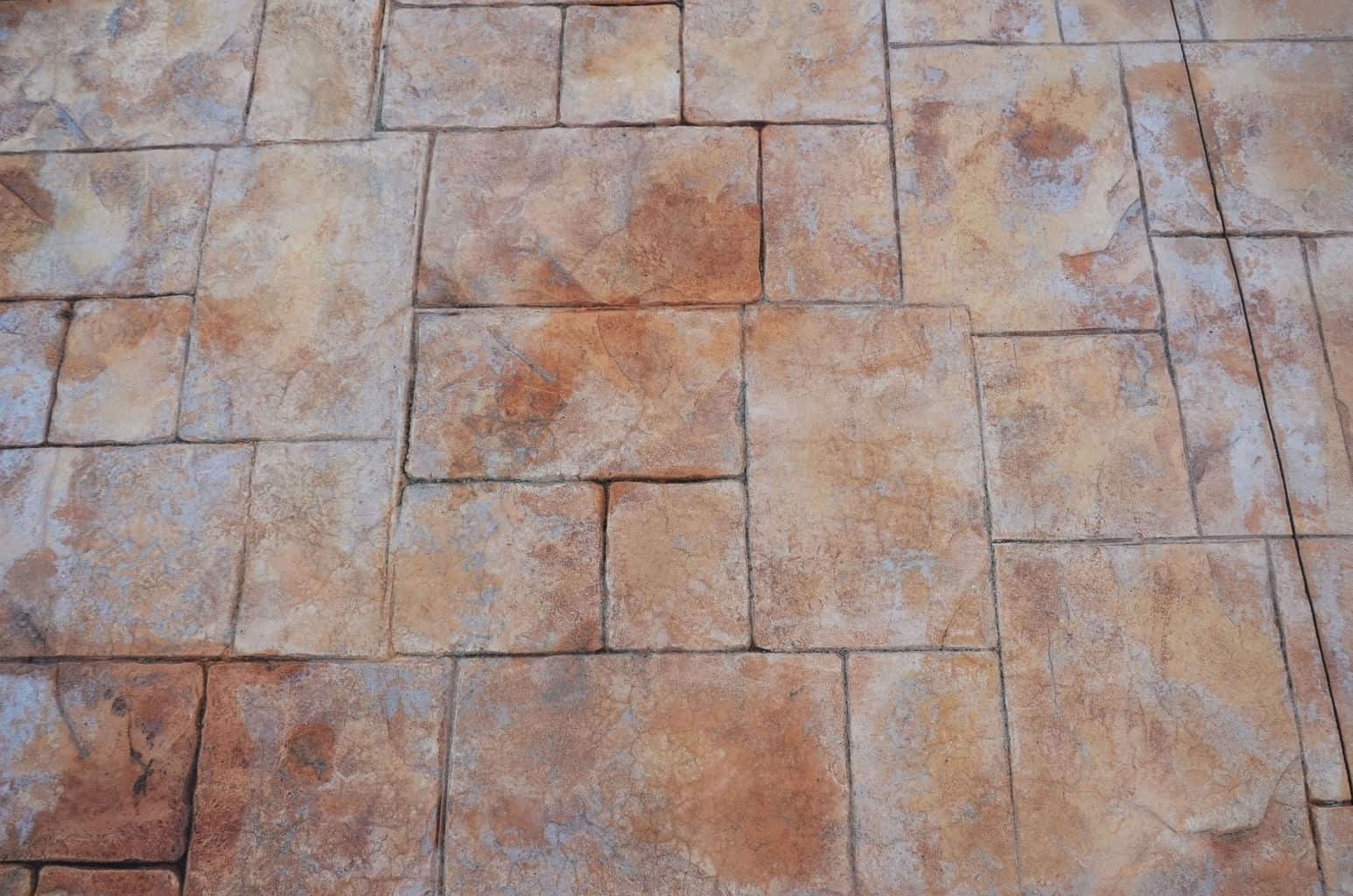
Advantages of Brick Flooring
Brick flooring consists of thin tiles (usually 1/2″ and 15/16″ in thickness) that are applied to floors with mortar or other adhesive. The result is a warm-hued and natural floor that can last for many years. Some of the greatest advantages of brick flooring include:
- Fade-Resistant: As you can tell by driving through any town in any state, bricks maintain their beauty in the face of sun exposure. Brick homes and buildings do not fade in the sun, and neither will your brick floors.
- Fire-Retardant: Brick is a natural flooring option that, like stone, is fire retardant. This makes brick flooring a great choice for homes, especially in the kitchen. If the idea of a home fire worries you, consider brick flooring to alleviate some of that worry.
- Durability: Brick resists wear and tear much better for much longer than most flooring options; certainly much longer than options like hardwoods or carpeting. Roads have been paved with bricks, monuments have been built with bricks, and if you choose brick flooring for your home, you will find it will last for decades or longer.
- The Feel: Not only does brick flooring provide an anti-slip surface, but brick stays cool in warmer weather and holds in heat in colder weather. While bricks themselves are rough, interior brick floors are sealed and therefore much smoother than what you may imagine. While incredibly durable, brick floors actually have a surprisingly soft feel underfoot.
- The Look: This is, of course, the greatest advantage to brick flooring. The beautiful, rustic textures and warm coloring of the floors make brick a homey choice that can range from elegant to rough-hewn. While brick floors are inexpensive, they still manage to exude a special kind of sophistication and vintage appeal that make brick flooring a really special choice for the home.
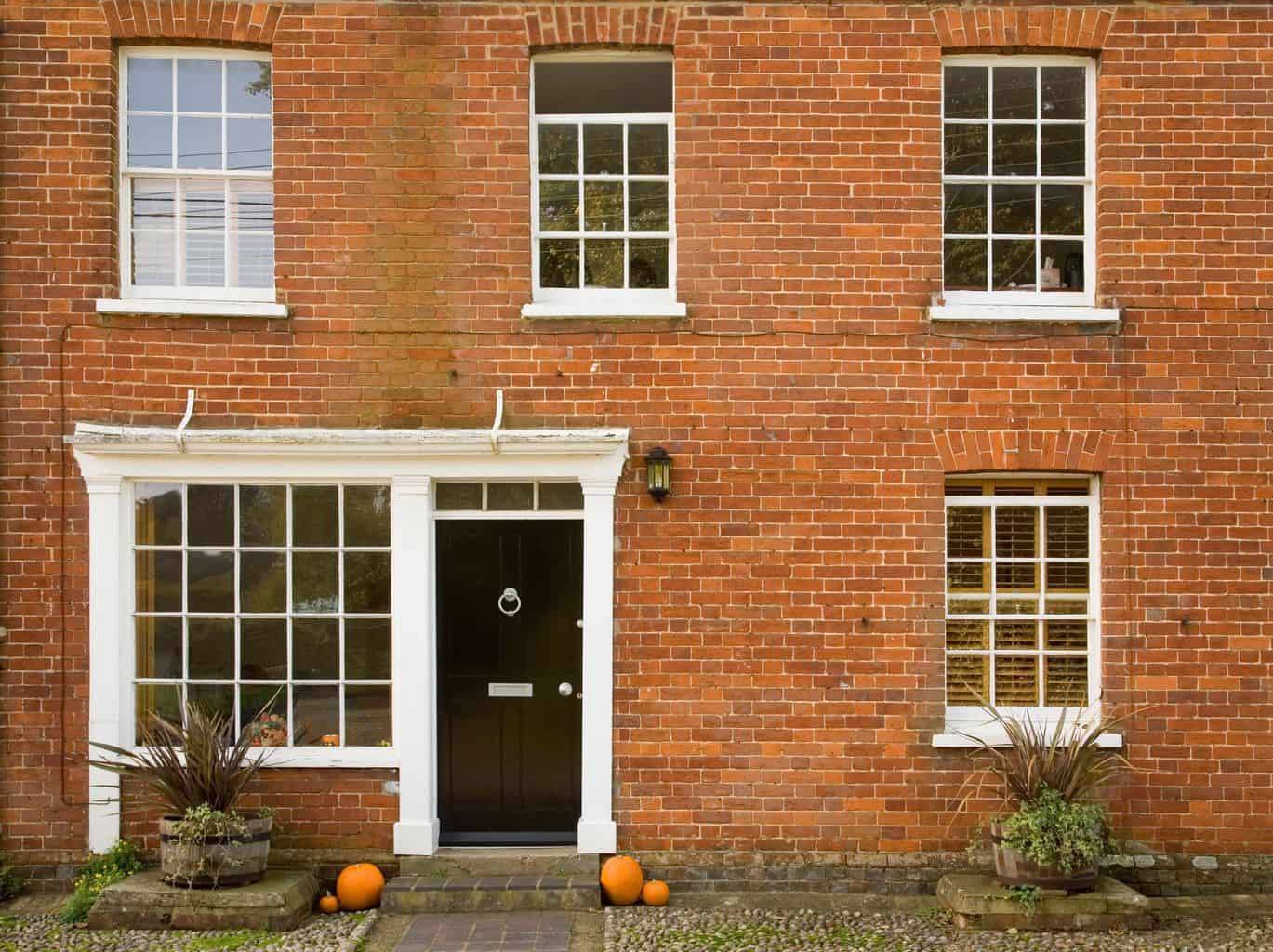
Challenges in Choosing Interior Brick Flooring
There are, of course, challenges to using interior brick flooring. Some of the most significant of these challenges include:
- Installation: While installing brick flooring is possible for anyone, it really is recommended that you find a professional who has experience installing interior brick floors, which can be more of a challenge in some areas or if your budget does not allow for hiring a professional.
- Maintenance: While cleaning and maintaining brick floors is not necessarily more difficult than with any other flooring option, it does require special considerations, especially when selecting cleaning solutions or when dealing with repairs.
- Uneven Surface: If installed incorrectly or on an uneven or not solid foundation, brick floors can become uneven.
- Rough Texture: While interior brick floors are typically sealed, making them significantly smoother, unsealed brick can be rough, especially at any edges.
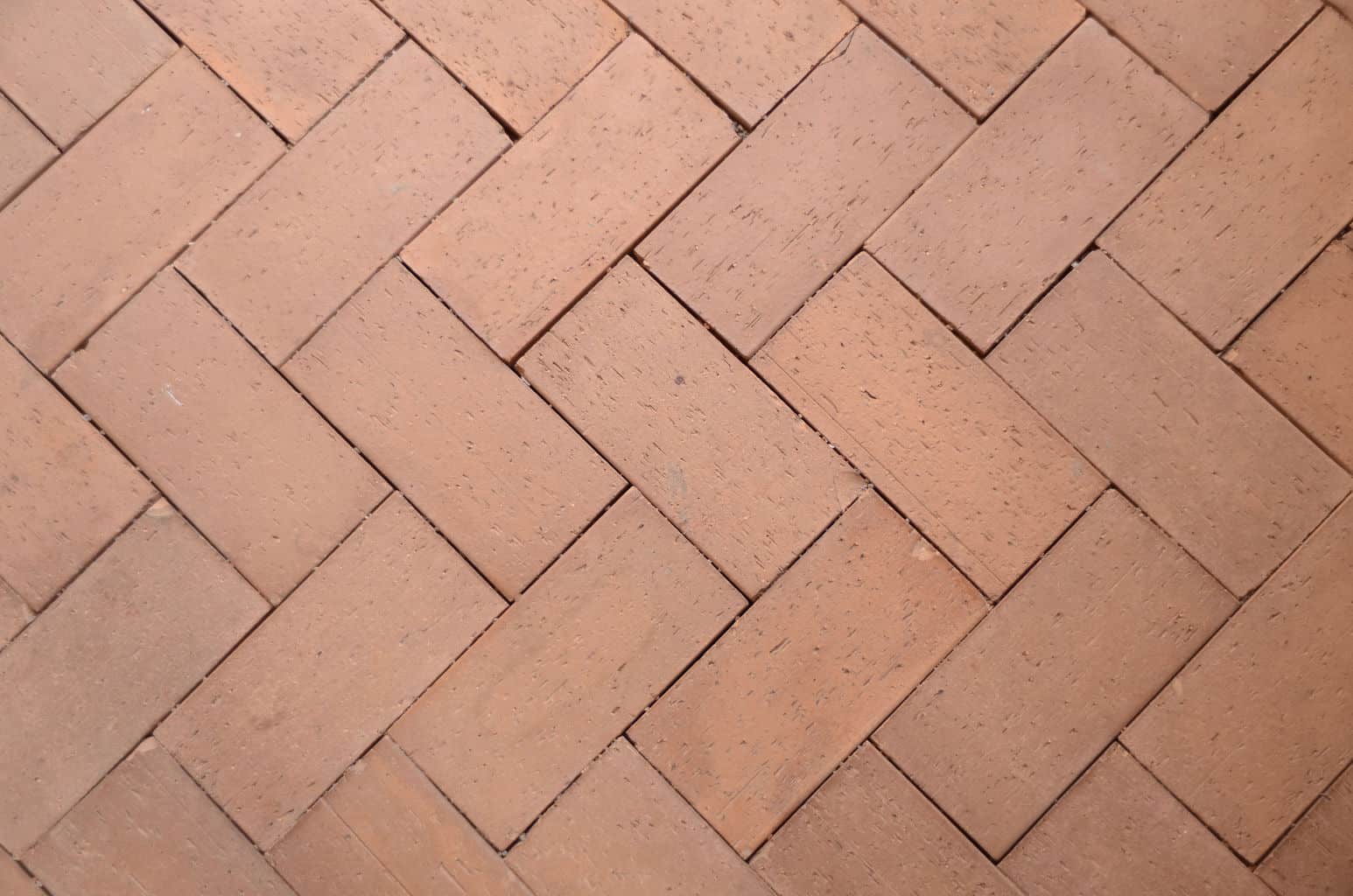
All You Need to Know About Interior Brick Flooring
Interior brick flooring is made by combining finely ground clays, shale and raw materials to produce hard surfaces. The materials are pressed, cut, and fired in a kiln at high temperatures. The result is thin brick flooring tiles that have the durability and beauty of brick and the convenience of tile flooring. Most manufacturers will apply a sealant or a chemical mixture after firing to seal the porous brick surface to make cleaning easier. Most brick floors will have to be resealed after installation to ensure they are easy to clean.
One will note that there is a huge importance placed on the ability to clean the brick flooring post installation. This can especially be noted in the case of brick pattern laminate flooring, where the challenge of cleaning brick flooring is adequately addressed. Laminate flooring suppliers, such as Lumber Liquidators, offer laminate flooring in a wide range of styles and colors, mimicking all types of traditional flooring but offering the ease of cleaning and maintenance in tandem with the low price that has come to make laminate such a popular choice for homeowners.
A brick flooring interior can be not only attractive but also quite durable. Brick floors vary widely in hardness, depending on the actual combinations of materials that go into their production. Brick floor tiles that have been made from poorer-quality or coarser-ground materials are more porous, softer, and more likely to chip and crack. Higher-quality brick tiles have a hardness comparable to some ceramic tiles, especially when sealed or treated. In general, customers can often find brick tile floors with a Measurement of Hardness (MOH) rating that is 5 or 6.
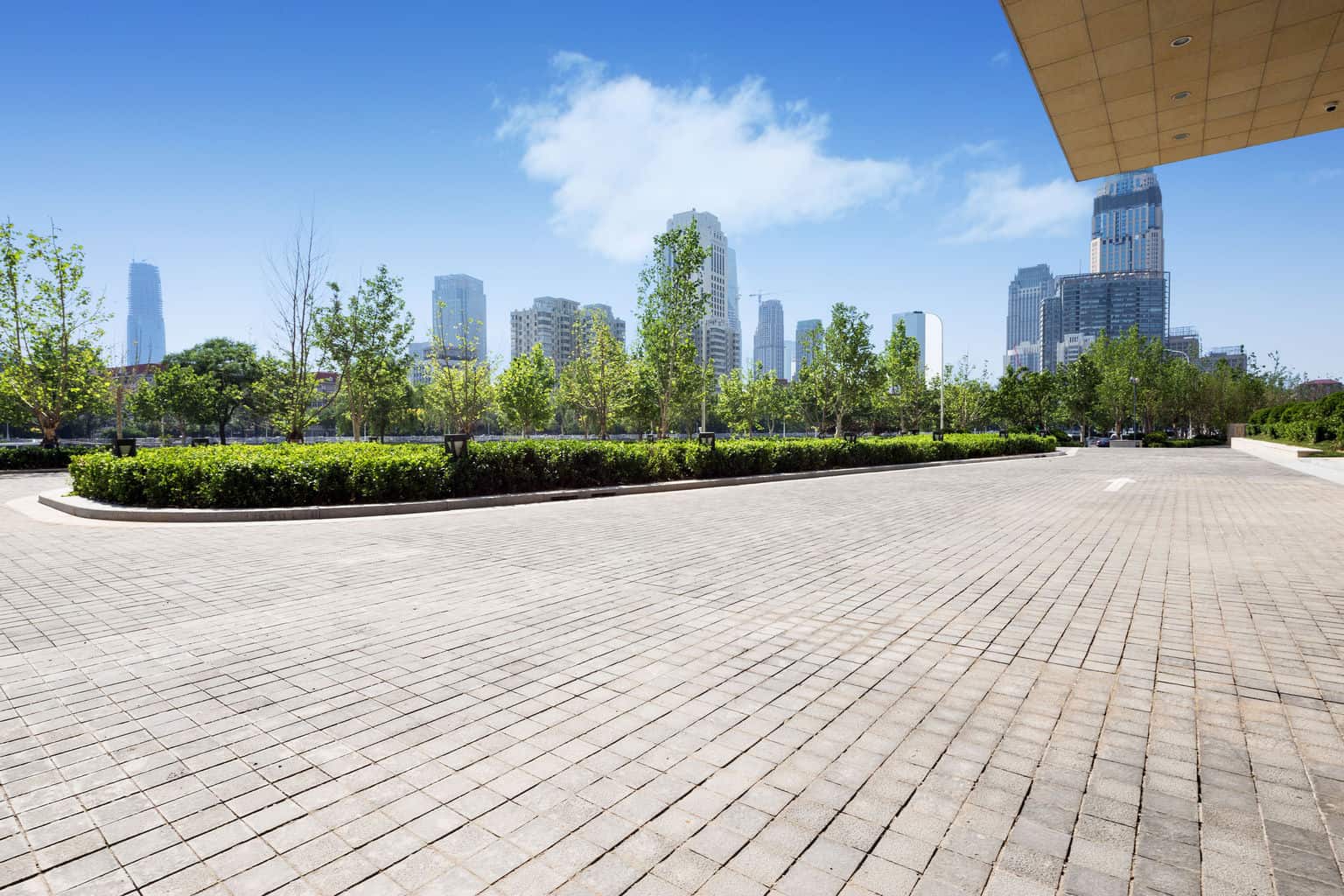
Installing Brick Flooring
Installing exterior brick flooring is not such a difficult task in theory. With a bit of practice, one can lay brick flooring without any professional help. However, when laying interior brick or laying pavers in a congested space, or if you have to remove existing flooring prior to laying the brick, it is recommended that you seek expert help. Hiring a professional is the best way to head off any potential trouble, which can save you a lot of headache in the future.
Interior brick floors can be both challenging and time-consuming to install. While the determined and patient do-it-yourselfer can install interior brick floors, most customers are generally better off reserving the project for professionals. Generally, it is advised to seal the interior brick flooring after installation. Without a sealant, interior brick flooring may be more prone to chipping and harder to clean than other types of flooring. But installing and sealing brick flooring uses lots of chemicals. Consequently, you should hire the work out and arrange to be gone until the floors are completely finished and the house has been well-ventilated.

Alternate Brick Flooring Options: Brick Laminate and Brick Vinyl Tiles
Brick floors have been trusted throughout history as practical and durable flooring options. Bricks are in fact considered humanity’s oldest manufactured building material. They have been used since 1330 BC for walls, roads, monuments, floors, and other crucial building projects. When you make the choice to use brick flooring, you are choosing a truly historical and well-established option for your home. As the vintage and classic style has made a resurgence in popularity these days, more people are lead to install brick flooring in their homes.
Brick floors can sometimes be rough and uneven, however. To avoid this, some customers select brick pattern laminate or vinyl flooring. Brick vinyl flooring provides a smooth and durable surface, while still retaining the beauty of natural brick.
Additionally, installing laminate or vinyl flooring tiles is a comparatively simple practice that can be tackled by any DIY-er with a little patience and preparation. While quality laminate and vinyl options mimic beautifully the look of brick flooring, it is impossible for anything to really compare with the feel of brick, so if this is part of the draw for you, laminate and vinyl options really will not be able to compete with the real thing.
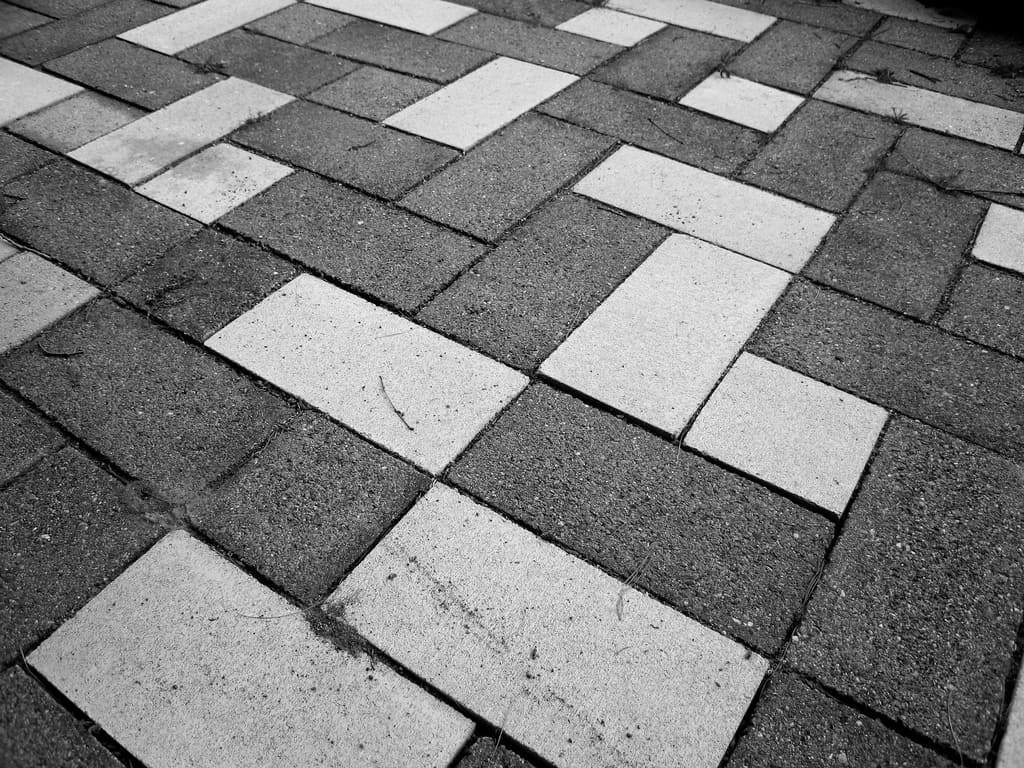
Choosing Interior Brick Flooring
Despite the few disadvantages, indoor brick flooring is still a good choice. Thin, high quality brick flooring makes for a beautiful and lasting floor for almost any room of the house. Cleaning brick flooring is generally quite simple, as most brick floors are treated and glazed. To clean these floors, a mop or broom is all that is needed. Brick floors can also be vacuumed.
If you are determined to do-it-yourself for your brick flooring installation, it is possible with a little perseverance and determination. Try practicing on a smaller scale before attempting your actual home project. Check out the short video below on brick flooring installation for a quick overview of the process. Fortunately, the materials used for brick flooring are typically inexpensive enough that you can afford to adequately practice beforehand. However, repairing or correcting flooring that has been done poorly can become more expensive, so it is worth taking the time to be sure the initial installation is done properly.
By far the best advantage of brick floors, though, is their elegant durability. Bricks have been used on roads and have been used to create buildings. If brick can make long-lasting roads and buildings, you know they will stand up to years of foot traffic in your home. If you are on a tight budget and want a flooring that is durable and long lasting, then look no further than brick flooring.
If you have always wanted a unique, rustic flooring option, brick flooring is a great choice. The fire-proof and fade-proof brick floor is perfect for adding years of beauty to your home, while increasing its value too.

I don’t have experience with regular bricks used as flooring so can’t really address how it should be treated in comparison to brick tile/brick pavers. I’m going to guess though that the finish of a regular brick isn’t as smooth as a paver and probably not as impervious to water and spills.
I’m wondering if the white splotches are efflorescence, or mineral deposits from leaching out of the brick; usually that’s associate with water issues. You can try to clean it with phosphoric acid, but be sure to clean it with a mild detergent after and then rinse with water.
I want to put brick pavers in my kitchen.
Our house is built off the ground.
Will that make a difference putting the brick pavers down. Some advice was given that with the house settling that it might crack the
morter. Please let me know if you think it is ok
to use the brick pavers?
Settling homes can cause all kinds of problems from the floor up to the ceiling. But the biggest issue of using brick pavers in your kitchen is the strength of the floor structure.
How closely spaced are the floor joists? What thickness subfloor do you have? You can strengthen any floor structure with braces and thick subfloor to make your brick flooring durable.
i have been in my home for 1 year. we put down brick pavers made out of concrete on top of a slab.after they were sealed we began to see water spots appear on the surface.we striped the sealer off and applied a water soluable sealer.it was not very effective,the bricks look dirty and the finish gums up when water gets on it.we were told that the slab has water in it and the only way for it to escape was through the bricks.we want someone to come and refinish the bricks.we live outside of new orleans and baton rouge louisiana.if you know anyone who could help please let me know.
As I read your story I too felt there was a water problem. You need to fix the water seeping into your flooring before you go any further with sealing your bricks.
I don’t know any Baton Rouge/New Orleans workers. Anyone else out there?
I’m thinking about putting the thin brick pavers down in an addition foyer found at places like Lowe’s….will they break more easily.
When you talk about thin brick pavers, how thin are you talking about? Pavers are thinner than regular bricks. Are you talking something even thinner than a regular paver?
If you are installing pavers, be sure to have at least 3/4″ subfloor of plywood or OSB. And if the house is old and the joists are further apart than 18″, beef up the floor support too. You don’t want the floor flexing since that’s what breaks the grout and the pavers.
Have you heard of a brick flooring product called portstone? You might want to check out their website. 1/4″ thick, made in sheets, beautiful colors, easy to install.
Hi Dennis – I’m over at their website now, or should I say still?? I like it!
We have 300 sq ft of regular brick that someone gave us. We have just bought a house that is built off the ground (not on a slab). Is there any hope of using these bricks as a floor?
Hi Mary, you have a very interesting question. If you really want to use these bricks you need to strengthen your floor to support the bricks. For brick pavers (face bricks) that are generally used for flooring one would need to have at least 3/4″ subfloor and reinforced floor joists and supports. For this kind of brick you’ll need, IMHO, at LEAST 1-1/2″ subfloor and super-reinforced floor joists and supports. I realize this may involve way more than what you’re hoping for, but you don’t want your floors to give under the weight of the brick – that would truly be a horrible thing to happen!
I have brick pavers in my kitchen which have been sealed and waxed for over 25 years. A wet rug has now left a few of them whitish. What can I use to bring back the original brick color? CB
How long ago did this happen? If it was just in the last couple days, I’d give it a while (about a week) to see if the white marks fade away as the 25 years of wax dries out thoroughly. If it doesn’t go away, I’d try buffing it with a white pad. If that still doesn’t work, I’d be afraid that the floor will need stripped, I don’t think that you could just do the damaged area as spot-work stripping & refinishing considering it’s been there for 25 years. You could try it, but don’t be suprised if you’re not pleased with the results. If you’re planning on putting an area rug in the same location, then spot-fixing it just might work.
My daughter has a large house with @ 3,000 sq. ft. of brick flooring. She would like to clean and refinish the surface but we don’t know the right process or products to use. Can you help us????
Paul from Indiana
Hi Paul!
There are a variety of specially formulated sealants for brick floors. You can choose between a film-forming sealant and a penetrating sealant. There are differing opinions about which is better, but the film-forming will be a better protection from stains.
You want to use either a water-based polyurethane that won’t yellow, or an acrylic product. Be aware these products can darken the brick color and even add a sheen that’s not there before hand. This type of sealant is harder to maintain in the long-run though, because it has to be either removed or abraded before a new coat is applied.
You’re best bet would be to check your local hardware/building supply store and start checking out your options for stripping, resealing and possibly a good polish. Pay attention to the VOC ratings, as your daughter sure doesn’t need something that’s going to be off-gassing for a long period and endagering her health. There are some good low/no VOC products out there.
Just be sure that the products you buy are specifically formulated for brick flooring, follow the manufacturer’s directions and don’t be afraid to call them or visit their website for more in-depth information and ansers to questions you might have.
Remember too, that chances are she’ll be looking at applying a few coats of sealer and most likely at least a couple good coats of polish. Sanding the brick may also be in her future after stripping, some people do this if the sealer was worn away in areas and there’s dirt that’s very difficult to remove……. of course, I don’t know what condition your daughter’s floors are in.
Best of luck, and if you or your daughter have any more questions please feel free to drop back in!
I just had a screened in porch built with a brick paver floor. These pavers are solid and the size and thickness of a brick. My problem is the mason jointed the floor as you would do on a brick wall. I have been told these is no way now to go back and have motar added so the floor is smooth. Do you have any ideas of how this can be fixed?
Hi Gary,
I’m not sure I understand your problem. Are you saying that the floor isn’t level or that the bricks are uneven because there’s no mortar in between the bricks? Are the bricks butted up right against each other? If you could help describe some more of how the floor was laid I’d be happy to try to help.
We are considering a brick floor for our cabin. It will be footed slab with in floor radiant heat. Is it possible to steam clean recycled old chicago brick floor with a terra cotta sealant?
Hi Jennifer,
I’m not following you completely, could you clarify a couple things for me? “Is it possible to steam clean recycled old chicago brick floor with a terra cotta sealant?” Do you mean steam cleaning it before or after it’s been laid? Is the sealant already on it or is this something you want to do? I presume the terra cotta sealant is a sealant made for terra cotta products and not a sealant color, right?
The website that sells the bricks recommends a terra cotta sealant once the floor has been laid. It is my understanding that no color is involved in the sealant. Since our cabin floor is going to take alot of abuse from kids and dogs, (it will also be in the kitchen), I’m just wondering if cleaning this floor is going to be an issue for me. Only sweeping it may not handle the grease from a kitchen or the wet spots from soggy dogs. Should I be looking in the direction of slate flooring instead of brick? We have not started construction yet, but I’ve been living in this cabin in my mind and wondering if brick flooring with all it’s charm, is not practical. I’m just trying to figure out how to clean it.